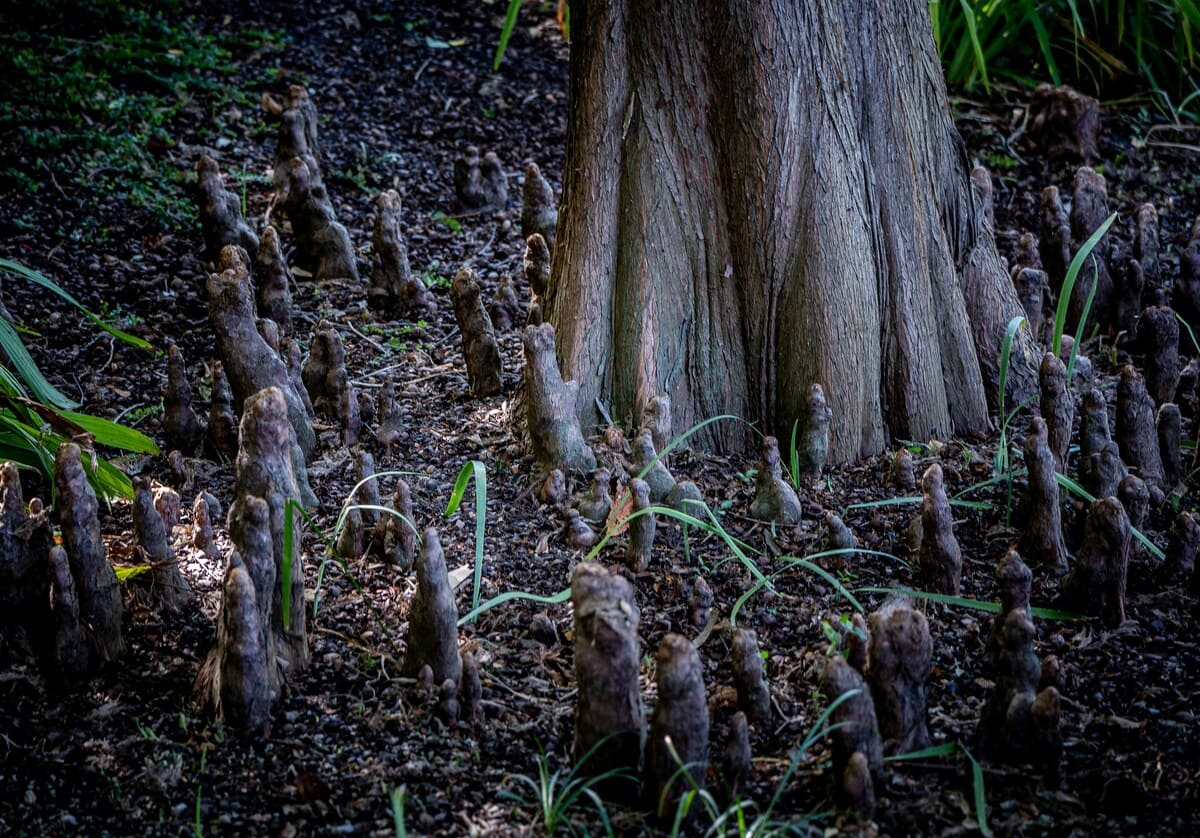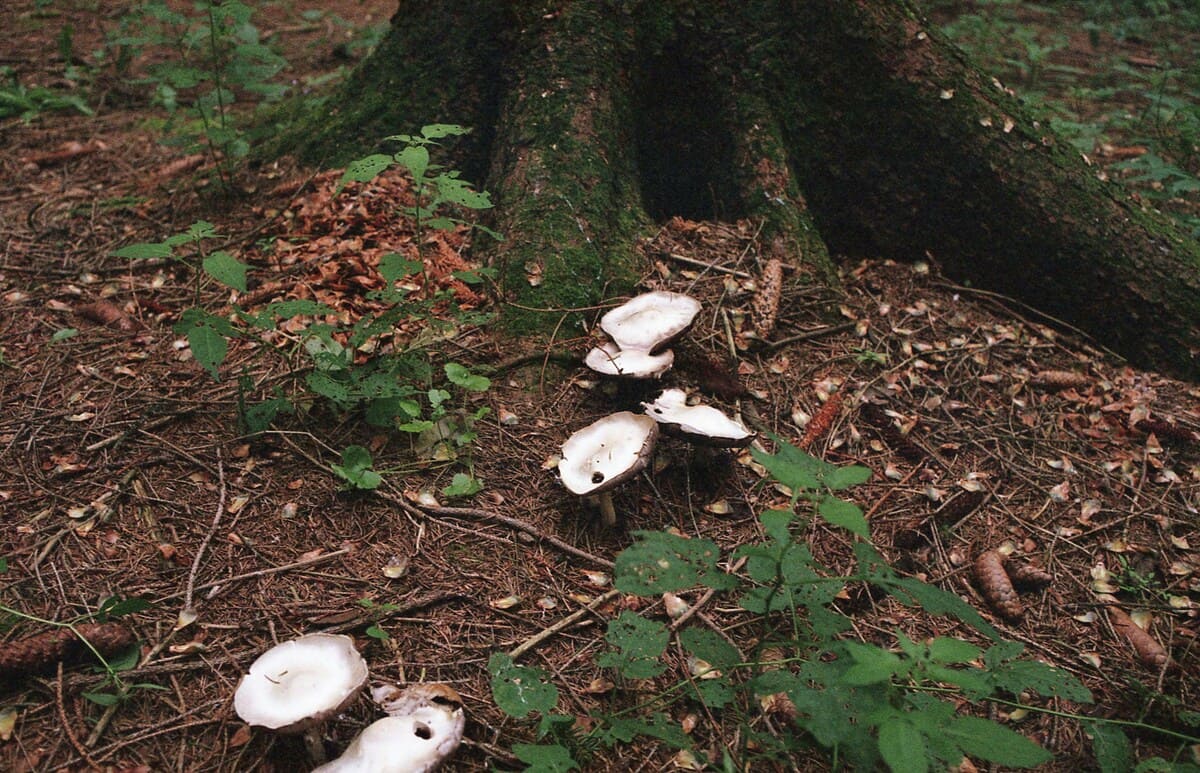Fungi are often overlooked in discussions about forest ecosystems, yet they play a crucial role in maintaining the health and balance of these environments. From decomposing organic matter to forming symbiotic relationships with plants, fungi are essential players in the intricate web of life found in forests. Understanding their role can help us appreciate the complexity of forest ecosystems and the importance of preserving them.
One of the primary functions of fungi in forests is decomposition. Fungi break down dead plant and animal matter, recycling nutrients back into the soil. This process is vital for soil health, as it enriches the soil with organic matter and makes nutrients available for other organisms. Without fungi, forests would be overwhelmed by dead material, and nutrient cycling would be severely disrupted.
Mycorrhizal fungi form symbiotic relationships with the roots of most plants, including trees. These fungi extend the root system, increasing the plant's ability to absorb water and nutrients from the soil. In exchange, the plants provide the fungi with carbohydrates produced through photosynthesis. This mutualistic relationship is essential for the growth and survival of many tree species, especially in nutrient-poor soils.

Mycorrhizal fungi roots intermingling with tree roots, showcasing their symbiotic relationship.
Biodiversity and Ecosystem Stability
Fungi also contribute to the biodiversity of forest ecosystems. They serve as a food source for various animals, including insects and mammals. Many species of fungi produce fruiting bodies, such as mushrooms, which are not only important for wildlife but also for human consumption. The diversity of fungi in a forest can indicate the overall health of the ecosystem, as a rich variety of fungi often correlates with a diverse array of plant and animal life.
Furthermore, fungi play a role in forest resilience to environmental changes. Their ability to decompose organic matter and recycle nutrients allows forests to adapt to fluctuations in climate and soil conditions. Healthy fungal communities can enhance the resilience of forests to disturbances such as droughts, pests, and diseases, helping to maintain ecosystem stability.

A forest floor adorned with a variety of mushrooms, illustrating the diversity of fungi.
Conservation and Future Research
Despite their importance, fungi are often neglected in conservation efforts. Protecting forest ecosystems requires a holistic approach that includes the preservation of fungal communities. Research into fungal diversity and their ecological roles is essential for understanding how to manage and conserve forests effectively.
As we face the challenges of climate change and habitat loss, recognizing the role of fungi in forest ecosystems will be crucial for developing sustainable management practices. By fostering a greater appreciation for fungi and their contributions, we can work towards more effective conservation strategies that benefit both forests and the myriad of life they support.
In conclusion, fungi are indispensable components of forest ecosystems. Their roles in decomposition, nutrient cycling, and symbiotic relationships with plants underscore the complexity and interconnectedness of life in forests. By understanding and protecting fungi, we can help ensure the health and resilience of forest ecosystems for future generations.






